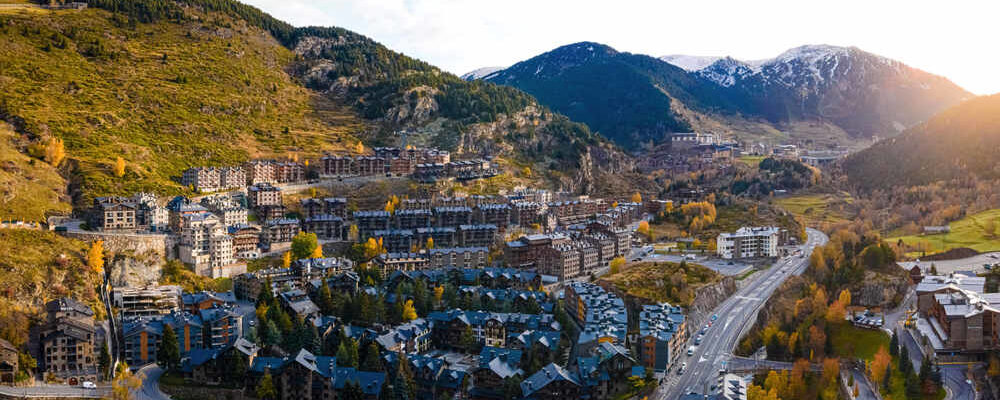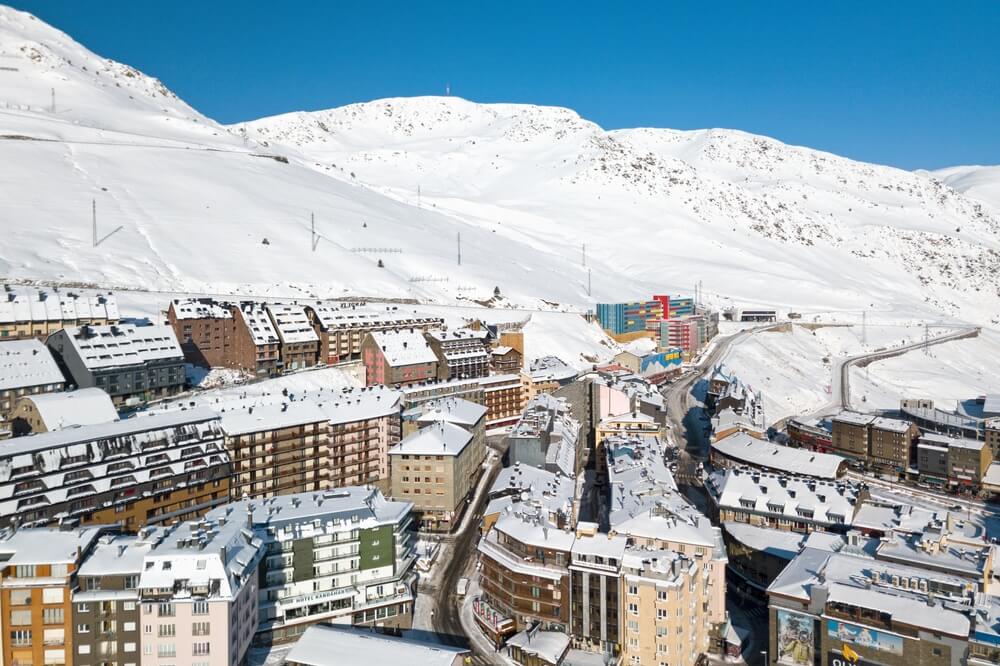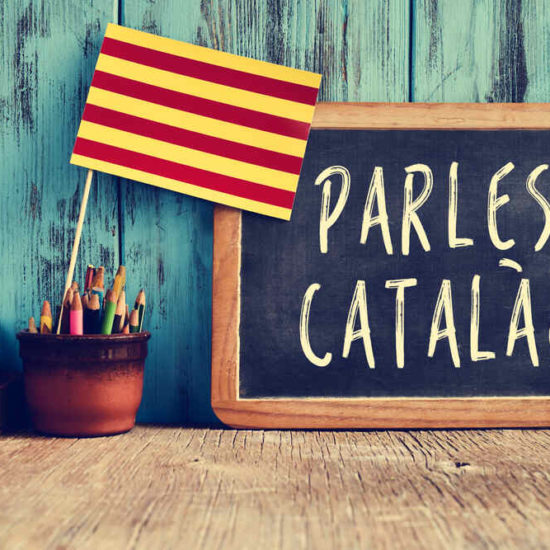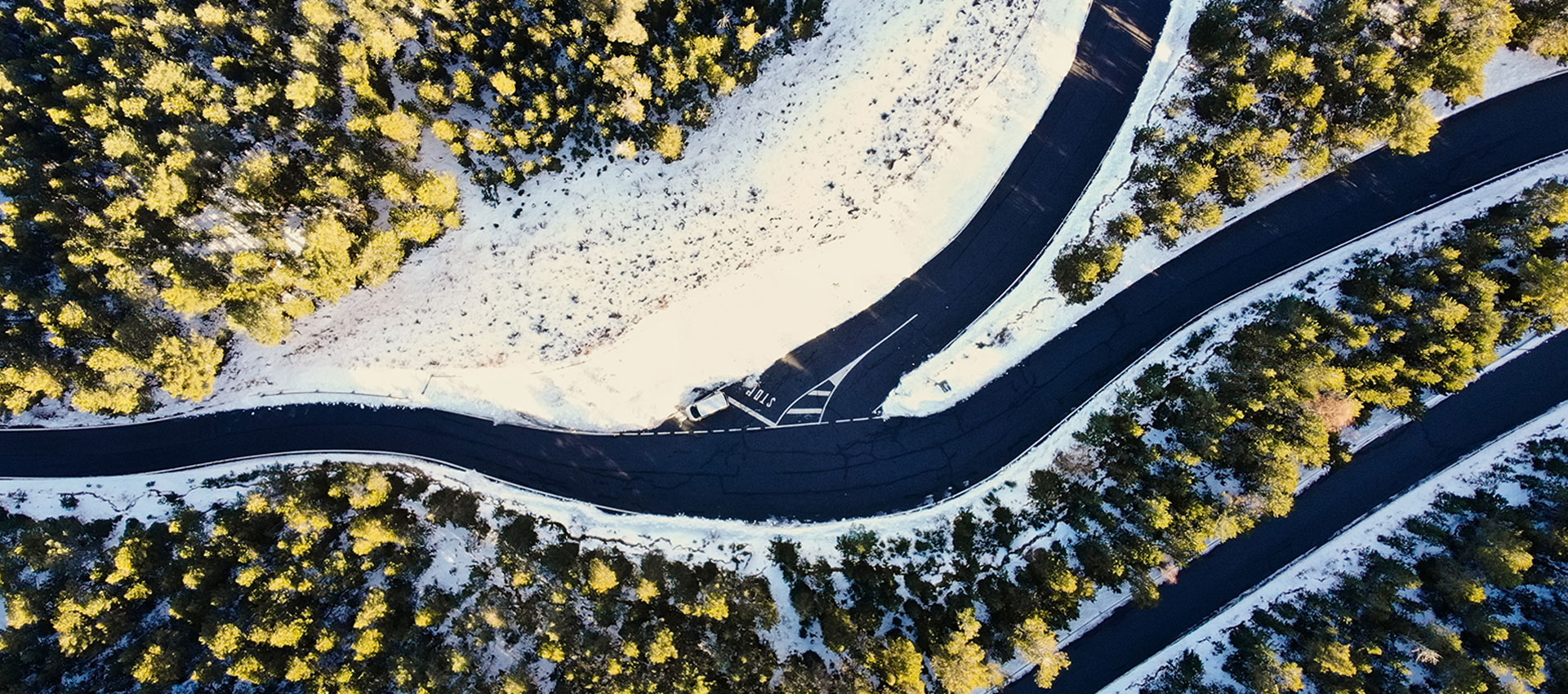
Andorra: the country’s history
Located in the Pyrenees, Andorra is an increasingly popular Principality. Every year it attracts thousands of tourists from all over the world. But did you know that Andorra's origins go back to the Carolingian era?
This small European country existed long before the reign of Charlemagne. According to historians and archaeologists, it dates back to almost a century before Christ. Indeed, many fragments of pottery, necklaces and other objects dating from the Bronze Age have been found there. Throughout its history, it has undergone a good number of changes.
Most of these were closely linked to France and Spain, which governed it for a long time. Even today, this territory remains under the aegis of these two countries with the President of the French Republic and the Bishop of Urgell as co-princes. Discover the complete history of the Principality of Andorra from its creation to the present day.
Andorra: what is its origin ?
Unlike most European countries, Andorra has a singular history. With the recurrent conflicts in the Pyrenean mountain range, it has experienced all kinds of revolutions. In the XIII, XIV, XV and XVI centuries, it was considered the property of various monarchs. In the course of the XVII and XVIII centuries, it was officially placed under the joint control of the Republic of France and Spain.
The 19th century was marked by an opposition between conservatives and supporters of democracy. To help you understand how the Principality of Andorra became what it is today, here is a detailed account of its creation, regency and history.

The Principality of Andorra is created
Andorra's creation is usually associated with the reign of King Charlemagne. However, this is not entirely accurate. In fact, this territory was already populated in the Neolithic period. Several ancient sources mention the presence of inhabitants in this region of Europe in prehistoric times. They were known as Andosins.
Some of them occupied the valley dug by the river Valira and others settled near the peaks (Roc de Llunsi). The Greek historian Polybius mentioned them for the first time in his account of Hannibal's crossing of the Ebro River. In the 5th century, the territory was conquered by the Visigoths. The Visigoths were then driven out around 714 by the Arabs, who took possession of the area.
The assault led by Charlemagne in 788 against the Arabs in the Pyrenees marked the true birth of the Principality of Andorra. This is the reason why it is often thought that the Principality of Andorra began to exist at that time. According to tradition, an Andorran went with 5,000 of his compatriots to Puymorens and Campcardos to fight with King Charlemagne against the Saracens.
Recognizing this, he made Andorra a sovereign region. He even granted them a charter. The story accelerates in the year 839 when six parishes constituted churches are born. These were Saint Julia de Lloria, La Massana, Santa Coloma, Ordino, Canillo and Encamp. Escaldes-Engordany became the seventh in 1978.
Regency
Like any territory, the Principality of Andorra has been governed by several chiefs. It has also been the seat of many rivalries in this regard. The monarchs of Urgell and Foix have quarreled for decades to have it under their exclusive custody. Indeed, this sovereignty occupies a strategic place. It is in the heart of the Pyrenees.
This makes it an ideal position in case of attacks. The region is also endowed with several valleys, including the Valira and Catalonia. After repeated assaults, it was finally placed under the control of the Spanish Archbishop of Urgell and the Count of Foix. A parage was signed by both parties on September 8, 1278.
The treaty stipulated an equality of rights and possessions in indivision on the Andorran land by the two lords. Andorra thus became a principality with two co-princes. The latter divided the sovereignty between them, set up a tax system and established judicial rules. This has remained almost unchanged to the present day. The only difference is that the territory is administered by the President of the French Republic and the Archbishop of Urgell.
The most important facts of the Andorran history
Throughout history, the Principality of Andorra has experienced a number of significant events. However, some of these events are more noteworthy than others. These include the Christianization of the territory. In reality, Andorra was not originally a Christianized region with parishes and churches everywhere. It was not until the 6th and 7th centuries that this began.
The other important fact in Andorran history is the treaty signed in 1159 by the bishop of Urgell, Bernat Sanç, with the noble Arnau de Caboet. This treaty confirmed the sovereignty of the bishopric over the valleys of Andorra and the donation of the territory to the house of Caboet. Due to alliances between count houses, the rights of the valleys passed successively to Castellbo and Foix.
This gave rise to several hostilities. The Count of Foix, Roger IV, was not ready to pay tribute to the Bishop of Urgell. In 1278, peace returned to the Principality thanks to the mediation of the king of Aragon. The following centuries were marked by the struggle to obtain legal and mercantile privileges.
The War of Succession between Catalonia and Castile between 1702 and 1715 should also be highlighted. During this war, Andorra adopted a neutral position, which is now characteristic of it. During the 1800s, the country undertook a series of reforms. In 1868 Napoleon signed the Nova Reforma decree.
August 19, 1933 was another remarkable date for the Sovereignty of Andorra. Controversy over the level of democratization of the General Council established in 1866 led to the signing of a special decree. The decree made it possible for all Andorran men over the age of 25 to exercise their right to vote.
However, it was not until the 1970s that this was extended to women. In 1981, two new decrees were signed. The first provided Andorra with a formal government. Its head is responsible to the Council. The second, however, set the number of councillors at 28, with four per parish.
The Andorran Constitution was approved a few years later by referendum. This was on 14 March 1993. In the following years, the Principality opened up more and more to the world. It joined the United Nations, the Eurozone and the International Organization of the Francophonie in 1993, 1999 and 2004 respectively.
Is Andorra really a country ?
As you may have understood, the Principality of Andorra is indeed a country. It has very well defined limits from a geographical point of view. Indeed, its surface area covers 468 km2. The territory is sovereign and administered by a government whose current head is Xavier Espot Zamora. It also has more than 79,535 inhabitants called Andorrans.

Where is the Principality of Andorra?
Andorra is located on the southern slopes of the Pyrenees. It is therefore mainly made up of high mountains. The territory is bordered by Catalonia, Spain and France. The valleys of the Valira d’Orient and the Valira del Nord intersect at a single point at the level of the river Valira. This last one constitutes the junction point with Catalonia. With Spain, the demarcation is made at the level of the Segre. As for France, it is isolated from Andorra by a belt of high peaks with altitudes above 2,500 m.

Realize your expatriation project without further delay!
Make an appointment
What language is spoken in Andorra?
Unlike most European countries, there are three languages commonly spoken in Andorra. These are Catalan, Spanish and French. However, the first two are more widely used than the third. In fact, the majority of Andorrans speak only these languages.
On the other hand, only Catalan is the official language of the country. All government communications, signs and official papers are in Catalan.
What does the Andorran flag look like?
The Andorran flag is characteristic. It consists of three vertical bands: blue, yellow and red. The yellow one is plated with the coat of arms of the Principality. It can be found in any part of the territory. The national anthem of Andorra is El Gran Carlemany. As for its motto, it is Virtus Unita Fortior.
What is the currency in Andorra?
Regarding the currency, you should know that on the Sovereignty of Andorra you will mostly have to deal with the Euro. Although this country is sovereign, it shares the same currency as all members of the European Union. In fact, it was officially added to the EU in 2011. The Spanish peseta and the French franc are no longer used.
Politics: who runs the country?
The Principality of Andorra has a very particular policy. It functions as a parliamentary co-principality. This means that constitutional power is shared by the French President and the Bishop of Urgell. Each of these appoints a person to represent him in the day-to-day management of Andorra. At the same time, the executive power is assumed by the Head of Government. The legislative power is also separate and is managed by the General Council.
Andorra’s cuisine: what do you need to know?
In terms of gastronomy, Andorra is a true paradise. You will find a variety of specialties. Among these are Trinxat de Muntanya, Escudella and Lo Mandongo. Depending on the parish, these are real favorite dishes at certain times of the year. This is the case of the escudella, which is traditionally eaten on January 17.
Given its cosmopolitan population, you will also find excellent Argentinean, Spanish, French, Japanese, Mexican, etc. restaurants.
Industry in the Principality of Andorra: what to expect from this side?
The industrial sector is not on a leash in the Principality of Andorra either. There is a very developed tourist activity. A good part of the country’s economy is based on tourism. In the banking field, there is also a lot of material. Andorra’s tax system is by far one of the most advantageous in the world, so all investors want to rush in. However, you should know that agriculture is not well developed in this destination.
